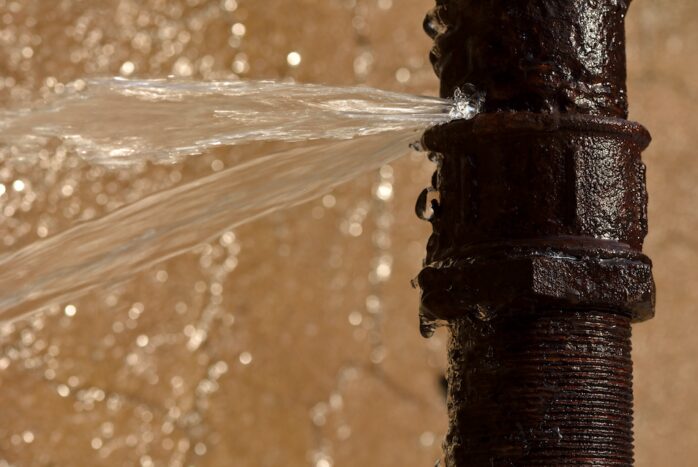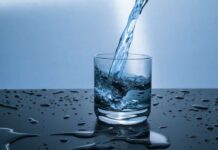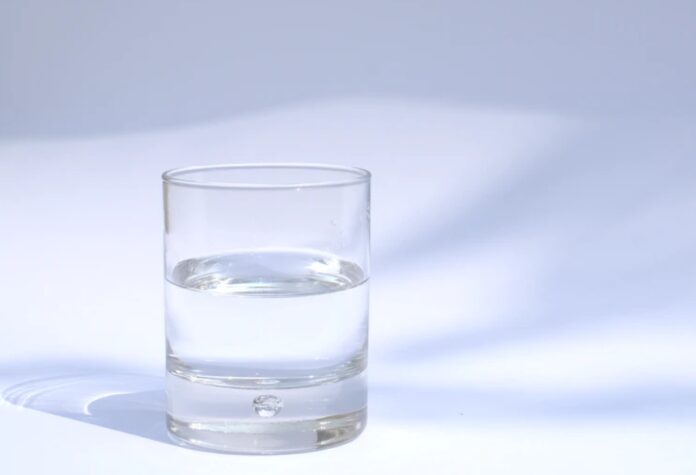
Numerous studies conducted in the USA have revealed an increase in waterborne diseases in most households. This begs the question, what’s wrong with our sources of water, and what measures can people take to ensure that they have safe drinking water in their houses. There are numerous contaminants in water, and if you are concerned about drinking contaminated water, there are ways to make your drinking water safer.
Let’s look at a few techniques that everyone can employ to make your drinking water safer.
Use Water Analysis Kits
You will need to test the water quality at home using a home analysis kit. The kit has straps that change color when they detect the presence of contaminants in water. There are plenty of kits available in the market that you can use for testing the presence of different pollutants. The test kits can detect the presence of pesticides, nitrates, lead, chlorine, bacteria, among other contaminants. In case the water has contaminants, it would be logical to consider the various water treatment options.
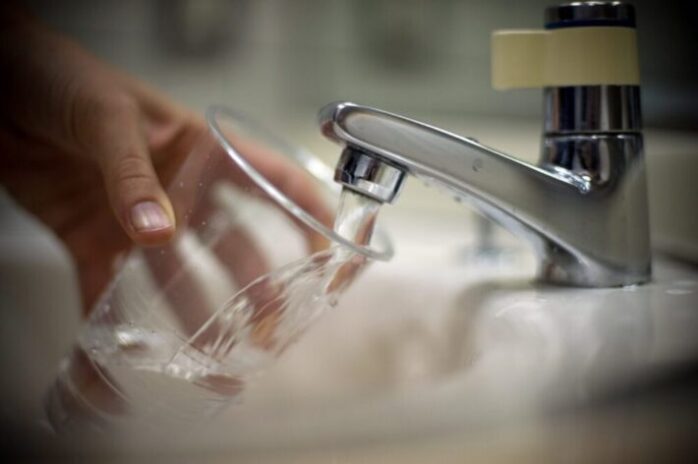
Use Water Filter Systems
This is a simple way to purify your home water, and by using the filter system, you are sure that you will have clean drinking water. Water filter systems come in different forms that include reverse osmosis and countertop filtration systems. Before you purchase any countertop filter, it’s always advisable to check this and review the best filters in the market. Countertop filters are easy to install since they don’t need tools or plumbing systems during installation. Besides, there are hi-tech filtration systems that can filter and purify your water. Despite the filtering mechanism you decide to purchase, it’s always advisable to pick filters approved by ANSI or NSF. These organizations test the efficiency of the filter systems.
Regular Replacement of Water Filters
Water filters can only be effective if they are correctly maintained and serviced. With this in mind, it’s advisable to follow the instructions provided by the filter company, especially those relating to replacement. Debris and contaminants are always caught up and stored by the filter. When the filter is clogged with the pollutants, and you fail to replace it in time, your drinking water will be contaminated since contaminants can escape.
Using UV Light
The method operates similarly to using a flashlight. Swish the torch in the water for a given duration, and the mechanism automatically kills all bacteria in the water. The best part about the device is that it’s easier to use and carry around. Swishing the flashlight only removes bacteria, and it leaves solid particles behind. Despite the shortcoming, the use of ultraviolet light is one of the most effective ways to purify water.
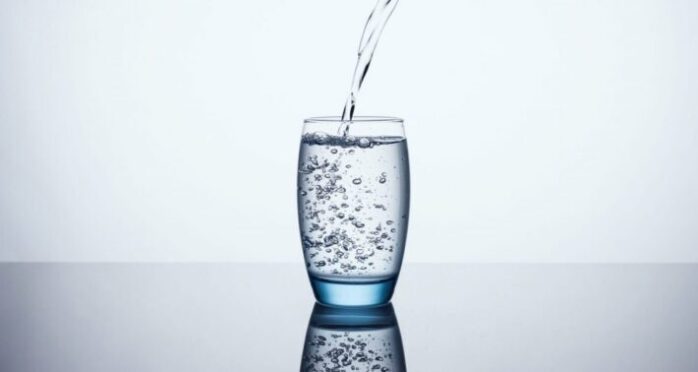
Use Iodine for Water Treatment
Iodine is a convenient and effective way to purify water, and you can find the solution in numerous forms; thus, you can choose the one that fits your budget. Iodine works by killing all the bacteria and virus molecules found in drinking water. The solution is easy to use, and it’s lightweight. The method has its shortcomings, one of them is that it takes approximately thirty minutes to kill the bacteria; therefore, you have to wait for that duration before taking the water.
Forward Osmosis
Forward osmosis involves water flowing from a region of high concentration to areas of low concentration. Two containers are placed adjacent to each other, and a membrane separates them. The membrane only allows water molecules to flow through and shields impurities such as salts. One container has contaminated water while the other one is empty. Eventually, you will have pure water in one container and impurities in the other container. The water, however, contains some salts; consequently, it has to go through a desalination process that completely purifies the water.
Boiling Water
Boiling water is a traditional way of purifying water, and it’s a cheaper alternative. Boiling water kills the germs and bacteria, although it has shortcomings since one has to use fuel to clean water. Despite the minor limitations, boiling water is one way to ensure that you have safe drinking water.

Distillation
This is one of the most effective ways to purify water, considering that it makes use of heat. Water has a lower boiling point in comparison with impurities and contaminants that are found in water. When distilling water, the water is subjected to heat until it boils, then its left to evaporate. The vapor is channeled to a condensing unit to cool down into liquid water, which happens to be safe for human consumption. The contaminating agents are left in the distillation chamber and are cleaned after the process. The method is suitable for people who reside in places with heavily contaminated water. Distillation has its shortcomings, considering that it consumes a lot of heat when purifying the water. This makes it a costly purification process, making it practical for small volumes of water. However, you can also get the purest water by using a Megahome Water Distiller. The average megahome water distiller uses around 3 kilowatt hours to make 4 litres of distilled water, therefore each litre of distilled water costs around 9p to make.
Treating Water Using Chlorine
Chlorine is affordable and light in weight, and it works by killing the bacteria found in water. Similar to iodine, one has to wait for 30 minutes before drinking the water. Besides, you will have to place the recommended number of chlorine droplets since you wouldn’t want to poison your water.
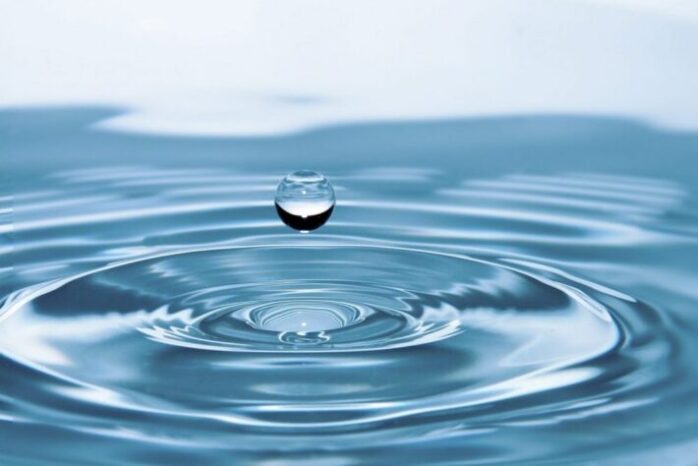
Implement Better Water Monitoring and Regulation
The government also has a role to play in ensuring clean drinking water for its citizens. The government can issue incentives such as rainwater harvesting systems and regulatory sideboards that will help maintain water sources.
Treatment of Water Resources
We all need to attack the problem at the source. Contaminants that end up in water resources often come from industries that drain their waste in water bodies. We should all take the initiative and confront such sectors and ensure that they take necessary measures to treat their waste before disposing of in water bodies.
Having safe drinking water should be everyone’s top priority. It would be best if you never compromised on the quality of water you take, and by implementing the above measures, you will have safe drinking water.

